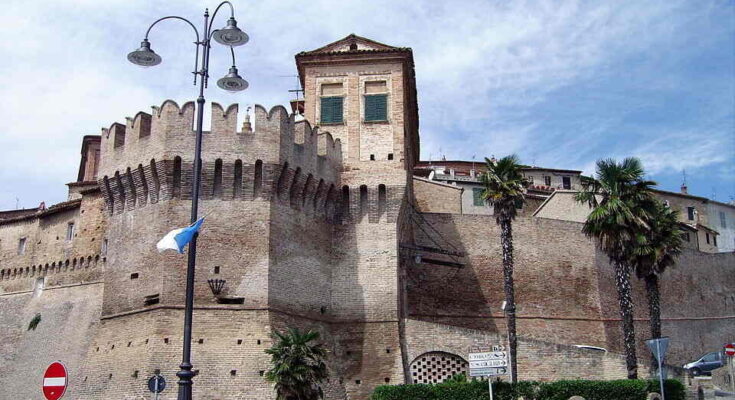Archaeologists from the University of Bologna have made the exciting discovery of a princely tomb in the Corinaldo Necropolis in Ancona, Italy. This comes after the famous 2018 find of the “Prince of Corinaldo.”
Dr. Cecilia Carlorosi and Ilaria Venanzoni led the dig. In the middle of a large round pit they uncovered a rectangular tomb measuring about 3.8 by 2.2 meters.
Inside, they found over 150 artifacts, including a two-wheeled chariot, a bronze helmet, cauldrons, and beautifully decorated vessels. These items suggest a grand funeral feast took place here, indicating that the person buried was very important, according to Archaeology Mag.
Burial site dates back to the 7th century BC
The burial site dates from the 7th century BC and is linked to the Picentes, an ancient people who lived along the Adriatic coast from the 9th to the 3rd century BC. The Picentes traded with nearby cultures, including the Etruscans, and many Etruscan items were found in the tomb.
The Corinaldo Necropolis is in the town of Nevola, and has been a focus of archaeological work since 2018 under the ArcheoNevola Project led by the University of Bologna’s Department of History, Culture, and Civilization.
They work with the Municipality of Corinaldo and the Superintendent of Archaeology, Fine Arts and Landscape for the provinces of Ancona and Pesaro Urbino.
Recent findings at the site include a large circular ditch, originally 30 meters wide, that holds the rectangular tomb. Additionally, inside, archaeologists found skewers, an iron ax for cutting meat, and various pottery items for serving food and drinks.
Mayor Gianni Aloisi of Corinaldo expressed pride in the discovery, stating, “Corinaldo can now claim the title of ‘land of the princes.’ This discovery confirms the historical and cultural value of the Nevola archaeological area and allows us to know, and perhaps rewrite, the history of our community.”
Picentes had strong trade links
The Picentes were a wealthy people with strong trade links. They lived mainly in Novilara in the north and Belmonte in the south. Their land, known as Picenum, became part of Rome in 268 BC.
Moreover, the artifacts found in the tomb show the rich lifestyle of the Picentes, reflecting their daily lives, habits, and connections with the Etruscan culture.
The recent discoveries will soon be presented to the public, highlighting the educational and historical importance of the Corinaldo Necropolis.
Moreover, visitors will be able to tour the excavation site. Mayor Gianni Aloisi mentioned that once the artifacts are preserved and restored, they will be displayed in a museum for everyone to see.



